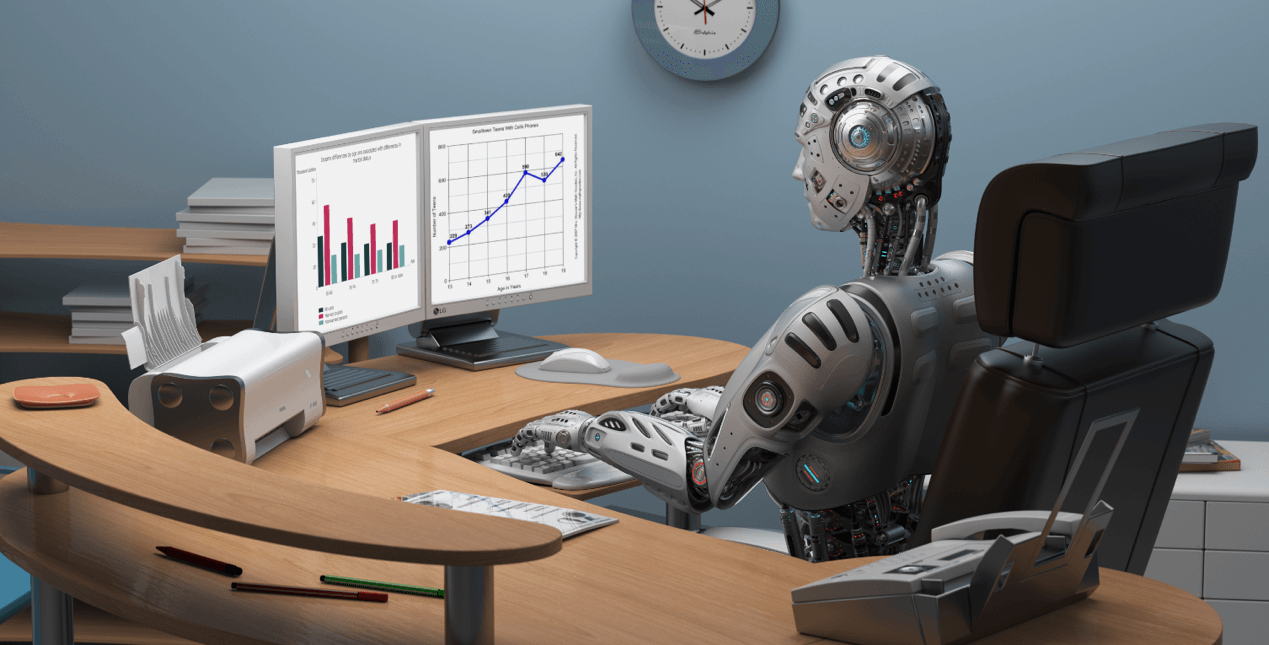Ideal Duo: AI Meets Human Service, Elevates Experience
Tech advances popularize digital employees in customer service. How do they differ from traditional agents and what are their advantages?

Challenges faced by human agents
In the environment of intensified competition in the industry, the homogenization of products is becoming more and more serious, and technical barriers no longer exist, which makes customer service managers need to pay more attention to the improvement of customer service to meet customer expectations and needs. This puts forward higher requirements for the service quality of customer service personnel:
Customer reception can't be too slow
Customer service hours need to be available 24 hours a day
Corporate knowledge needs to be well understood
Able to answer repetitive questions patiently
Customers who meet different languages can communicate smoothly
Efficient resolution of customer problems

Industry Solution Exploration
Before 2000, the Internet was not yet popular, and telephone communication was the main focus, and telephone communication was a single traditional customer service channel. Subsequently, the popularization of Internet big data, cloud computing, artificial intelligence and other technologies has led to the evolution of the customer service industry in various forms. The customer service industry has experienced the development and evolution from telephone call center, multi-channel call center, to omni-channel cloud customer service, and then to full-scenario intelligent customer service robots.
At present, most enterprises choose two modes: voice customer service + online customer service. Due to the increasing number of customer inquiries, many companies will develop their own or access third-party customer service systems to help customers solve common problems. These problems need to be set in advance by the enterprise, and the customer is required to strictly follow the template when consulting, otherwise there will be results that have nothing to do with the customer's problem. And due to the large amount of consultation, most companies will try their best to let intelligent customer service solve customer problems, which makes it difficult for customers to find manual customer service. In a test of human customer service connection, a total of 30 large apps were tested, and 60% of the apps were not connected to human customer service.
ByteTrack proposes a digital workforce solution
Digital employee is the core product of ByteTrack, and its emergence has given the traditional customer service system a soul. Many of ByteTrack's products rely on digital employees as a bridge to connect with each other.
First of all, digital employees can act as independent individuals to provide customers with 7*24 hours of rapid response service, and truly answer questions immediately. And the reason why it's called an "employee" rather than a "robot" is that it can actually help users solve problems and can also work in tandem with human agents. Such efficient and reliable employees can greatly improve the efficiency of the enterprise.
Secondly, digital employees can provide users with high-quality services in any customer service scenario combined with other ByteTrack products. For example, if a user contacts customer service for the first time, digital staff + intelligent process can quickly understand user needs and solve most common problems at the same time. When users want to obtain enterprise knowledge or help manuals, the digital employee + knowledge base quickly calls the enterprise documents, so that the user can experience the ultimate care. In the face of users in different regions, digital employees + AI translation make communication no longer have language barriers.
Most notably, digital employees have the ability to learn continuously. Compared with similar products, ByteTrack can not only use the set text for training, but also learn independently in the customer service and customer conversations. This not only greatly improves the accuracy of learning, but also makes the whole learning process simpler, and greatly reduces the operating cost of the enterprise.
At the same time, when answering customer inquiries, digital employees will also strictly base themselves on the content of the knowledge base provided by the enterprise. It does not fabricate or provide false information out of thin air, ensuring that every answer is accurate and reliable. This feature greatly increases the credibility of customer service and reduces the risk of misleading customers.
ByteTrack's exploration of digital employees does not stop there, and we look forward to your experience and suggestions.
Outcomes from the digital workforce
According to feedback from many ByteTrack partners, operational efficiency has improved dramatically since deploying digital employees into their own businesses. The relevant data are as follows:
80% customer satisfaction
90% Problem Solving Efficiency
85% satisfaction with human customer service
Operational pressure reduced by 60%
30% increase in customer repurchase rate
brief summary
The birth of the digital workforce has given new life to the traditional customer service model. It didn't emerge to replace human customer service, but to work together to improve the user experience. ByteTrack innovatively combines digital employees with other self-developed functions, and has achieved excellent results in improving enterprise efficiency and improving user satisfaction.














One-stop solution, providing comprehensive support for business operations
ByteTrack,create a one-stop AI-based intelligent operational collaboration platform for you
- Resource
- ByteTrack academy
- Help center
- Developer center
- Contact us
-
 WeChat Official Account
WeChat Official Account Business WeChat ID
Business WeChat ID


 share
share


